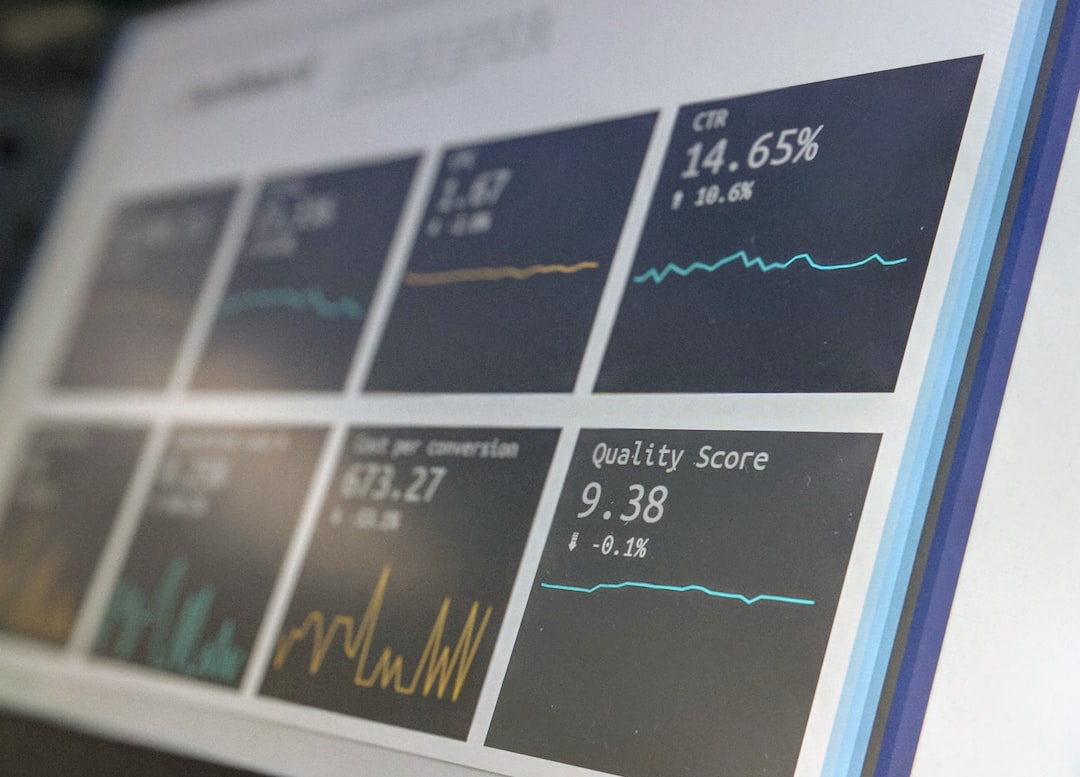
Understanding Unemployment Rates: A Comprehensive Guide
# Introduction. Unemployment rates are a critical economic indicator that reflects the health of a country’s labor market and economy. Understanding these rates can provide valuable insights into economic stability, job availability, and workforce dynamics. This article aims to dissect unemployment rates, explore their implications, and discuss the factors that influence these rates in various contexts. ## What is the Unemployment Rate?. The unemployment rate is defined as the percentage of the labor force that is unemployed and actively seeking employment. It is calculated by dividing the number of unemployed individuals by the total labor force (which includes both the employed and unemployed). This figure can provide a snapshot of economic health, signaling potential issues or improvements within the job market. ## Types of Unemployment. Understanding unemployment rates involves recognizing the different types of unemployment, each with its own causes and implications. ### Cyclical Unemployment. This type refers to unemployment caused by economic downturns or recessions. When economic activity slows, businesses may lay off workers, leading to higher unemployment rates. During periods of recovery, cyclical unemployment tends to decrease as companies hire back workers and expand. ### Structural Unemployment. This occurs when there is a mismatch between the skills of the workers and the demands of the job market. Factors such as technological advancements, shifts in consumer demand, and globalization can lead to structural unemployment. It often requires retraining or education to resolve. ### Frictional Unemployment. This is the short-term unemployment that occurs when individuals are temporarily between jobs or are entering the workforce for the first time. Frictional unemployment is typically viewed as a normal part of a healthy economy, indicating that people are free to seek better job opportunities. ## Measuring Unemployment Rates. Various methods are used to measure unemployment, with the most important data typically collected by government agencies like the Bureau of Labor Statistics (BLS) in the United States. This data includes information on how many people are unemployed, the duration of their unemployment, and demographic trends among the unemployed. ### Labor Force Participation Rate. In addition to the unemployment rate, the labor force participation rate is an essential metric that shows the percentage of the working-age population that is either employed or actively seeking work. A decreasing participation rate can indicate broader socioeconomic issues, including discouragement among job seekers. ## Implications of Unemployment Rates. High unemployment rates can lead to several negative economic consequences, such as lower consumer spending, increased poverty levels, and decreased overall economic growth. Additionally, areas with persistently high unemployment may experience increased social issues, including crime and poor mental health outcomes. ### Policy Responses. Governments typically respond to high unemployment through various monetary and fiscal policies. For instance, central banks may lower interest rates or implement quantitative easing to stimulate job creation. Furthermore, funding for job training programs and education initiatives can help address structural unemployment. ## Conclusion. Understanding unemployment rates is crucial for anyone looking to grasp the state of an economy. By analyzing different types of unemployment, the methods used to measure these rates, and the implications of high unemployment, individuals can better navigate economic conditions and policy responses. An informed perspective on these rates can empower workers, employers, and policymakers to act effectively in the ever-changing labor market landscape. .








